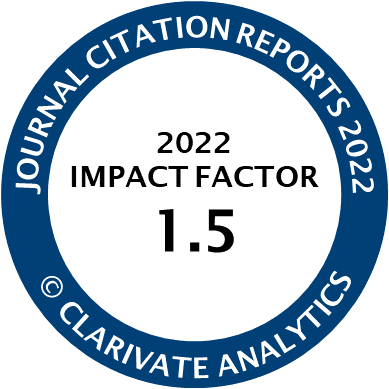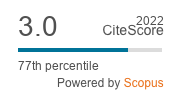Article | Open Access
Who We Are Is What We Believe? Religion and Collective Identity in Austrian and German Immigrant Integration Policies
| Views: | 3676 | | | Downloads: | 2343 |
Abstract: Immigrant integration is a contested policy field in which boundaries of membership are drawn and re-negotiated whereby groups of immigrants are partially included and excluded. Building on the concept of collective identity and theories of boundary making, this paper illustrates how religion functions as a category to mark and fill notions of self and otherness. As several studies have shown, immigrants in Europe are increasingly addressed as Muslims, a development that also serves the promotion of a Christian ‘us’. Focusing on Austria and Germany, two countries where this is especially observable, the paper outlines the functioning of religion as symbolic boundary. The empirical study on national integration policies demonstrates how—within the relational process of boundary drawing against Muslims—a Christian identity narrative is established, how it functions as a marker of unity and how it relates to liberal and secular notions. Results from the qualitative content analysis of governmental policy programs from 2005 onwards show different patterns of boundary drawing on religion and the way they shape and limit the possibilities of inclusion. To understand this development, we have to look at Christian-democratic policy-makers, who currently dominate the political struggle for the power to define features of collective identity in immigrant integration policies.
Keywords: boundary making; collective identity; Christian-democrats; immigrant integration; Islam; religion
Published:
© Astrid Mattes. This is an open access article distributed under the terms of the Creative Commons Attribution 4.0 license (http://creativecommons.org/licenses/by/4.0), which permits any use, distribution, and reproduction of the work without further permission provided the original author(s) and source are credited.




